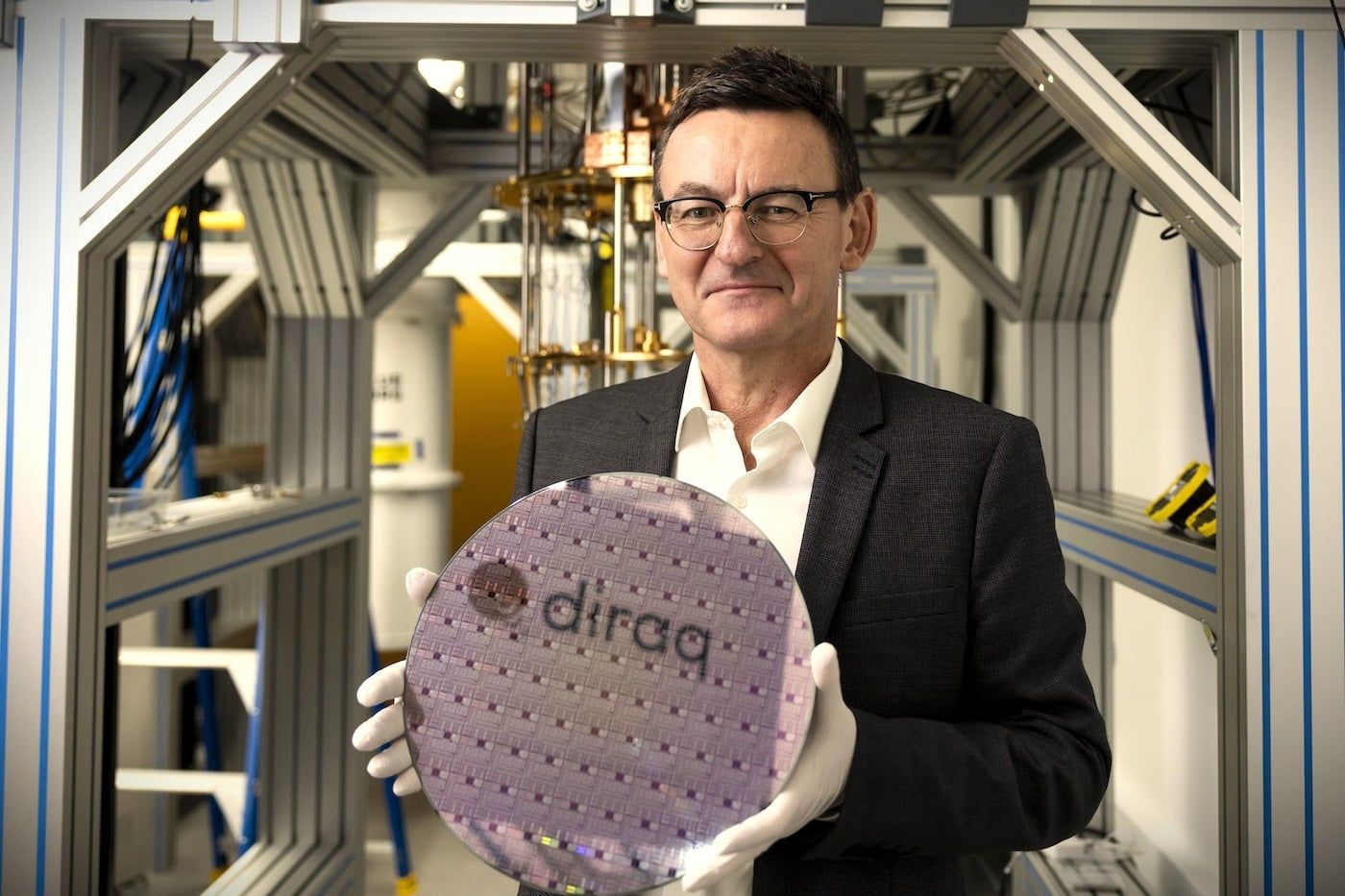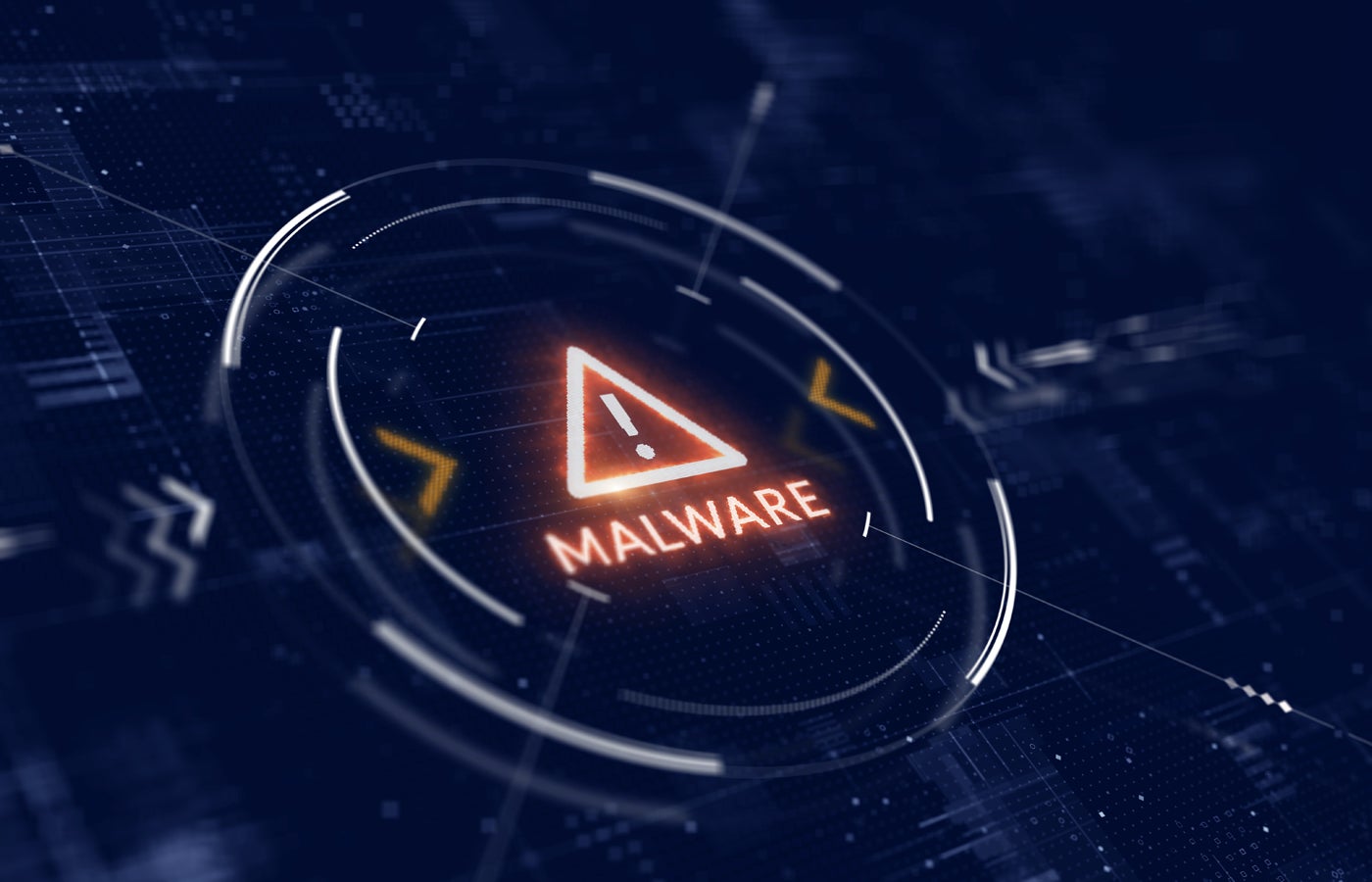Darpa has granted two new Australian companies, DIRAQ and Silicon Quantum Computing (SQC), contracts for quantum computing research, the US agency announced on April 4. Both SYDney headquarters will participate in the Comparative Evaluation Initiative (QBI) program, designed to evaluate other companies to find which could have the potential to achieve the quantum training capacity of the next decade.
“For the companies chosen, the real job now begins,” said Joe Altepeter, Darpa QBI program manager, in a press release. “Stage A is a six -month sprint in which they will provide complete technical details of their concepts to demonstrate that they maintain water and could lead to a transformative quantum and fault tolerant in less than 10 years.”
Useful quantum computer science (or utility scale operation) is defined as a method in which the computational value exceeds compilation and operation costs.
Diraq joins other companies to make quantum chips
Diraq entered the QBI, its silicon spin qubits approach for quantum computing, which is based on the CMOS manufacturing methods used to make computer chips. DIRAQ will place your method under a more intense scrutiny as part of the program, testing your robustness.
“We are sure that our combined experience, designs and technologies can quickly deliver a concept of commercially viable quantum system in terms of CAPEX per system, in addition to realistic considerations about the fingerprint, scalability, sustainability and operating costs,” wrote the founder and CEO of DIRAQ, Andrew Dzurak, in a press release.
To do so, DIRAQ has been associated with other organizations:
- Emergency Quantum, which provides system architecture design, Cry-Cosmos classical electronics and quiet reading and control.
- Riverlane, which makes quantum error correction technology (QEC).
- Manufacturers of semiconductors Global Foundries and IMEC.
SQC brings ourselves intrinsically quantum in silicon
According to Darpa's contract, SQC will work in intrinsically quantum -integrated chips in silicon chips. SQC makes its own manufacturing and said the company can iterate in new designs in one or two weeks.
“The associated financing is not only incredibly useful, Darpa's third parties to our path to a quantum computer at the level of public services will be immensely valuable,” wrote the founder and executive director of SQC Michelle Simmons in a press release.
See: Amazon showed a prototype of a quantum chip, Ocelot, which reduces errors with specially designed qubits.
The quantum program looks forward 10 years for possible marketing
The QBI program will have three stages.
- Scenery It is the evaluation step and involves 16 companies in the United States, the United Kingdom, Canada and France, including IBM and Hewlett Packard Enterprise, as well as the two Australian companies.
- Stage b It will be a one -year program, during which Darpa will evaluate the research and development approach of each company.
- Stage C: An independent company will evaluate the hardware of each company.
As Innovationus pointed out, DARPA chose the Australian Psychantum company for sub -explorate systems for the Quantum Computing Program at the Public Services Scale (US2QC), the group of companies that will evaluate the QBI program. The program is not a competition among companies, said Darpa. Instead; It is a survey of all companies that are probably considered to produce a useful quantum computer.
Quantum computing is very sought as a commercial product, with its remarkable processing speed that could be critical for drug discovery, the simulation of material sciences and other calculations. However, it has proven difficult to monetize and climb due to the difficulties in expanding the number of qubits that can be used on a computer; cost, especially to cool hardware at almost absolute zero; and high error or noise rates.












